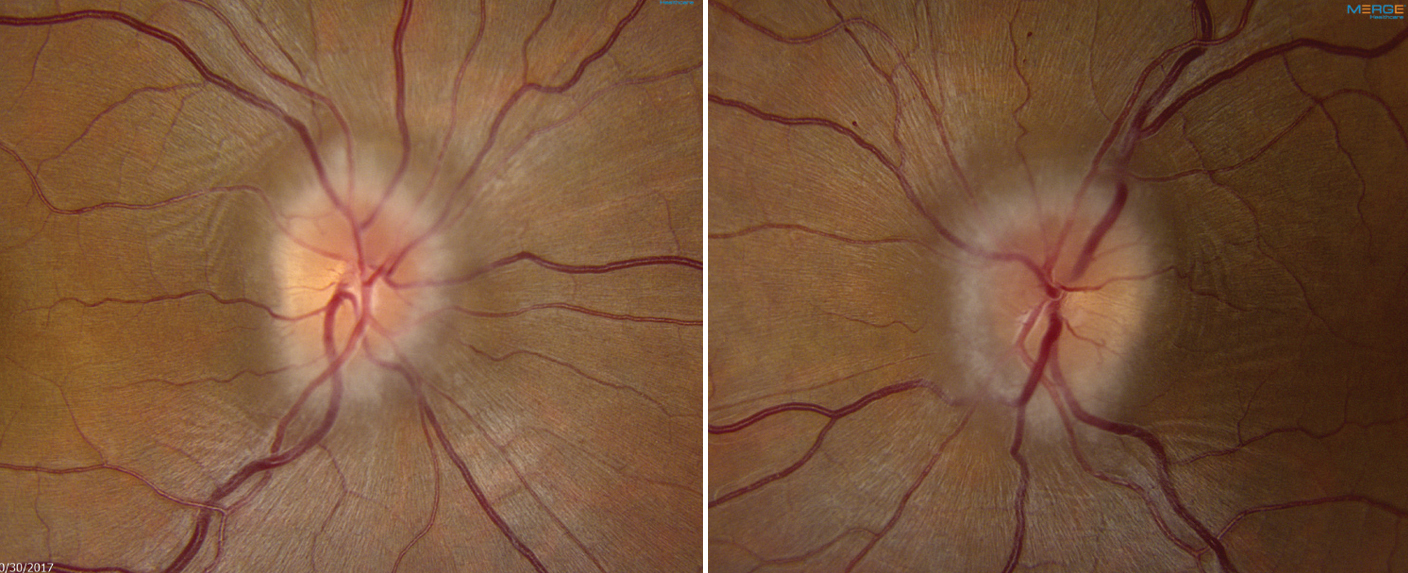Idiopathic intracranial hypertension (IIH) disproportionately affects women from socioeconomically disadvantaged communities, but specific social determinants of health have not been examined in detail. A recent study conducted by neuro-ophthalmologists at the University of Pennsylvania and Drexel University, both in Philadelphia, sought to bring more clarity to the relationship. After taking data from the National Institutes of Health’s All of Us Research Program (an ongoing nationwide study of more than 300,000 diverse individuals in the United States), researchers found that women with IIH were more likely to be unemployed and report delaying care because of difficulty affording copays.
 |
| Women with IIH were more likely to report lower annual income and employment rates, as well as being unable to afford copays, out-of-pocket costs and specialist visits. Photo: Mark Dunbar, OD. Click image to enlarge. |
Women aged 18 to 50 years with IIH were identified through electronic health record data, excluding those with venous thrombosis, meningitis, hydrocephalus or central nervous system neoplasms. Included in the study were 416 women with IIH and 107,111 women without IIH, with a mean age of 38 and nearly 50% identified as non-White.
The researchers found that women with IIH were more likely to report lower annual income and employment rates than women without IIH. “Some of this relationship may reflect the known associations between socioeconomic status and obesity, the primary risk factor for IIH. However, these associations remained significant even after adjusting for BMI and other confounders, which suggests that social determinants of health may contribute to IIH through other mechanisms besides obesity alone,” the researchers noted in their paper on the work for Journal of Neuro-Ophthalmology.
Women with IIH were also more likely to report being unable to afford copays, out-of-pocket costs and specialist visits. “Because IIH requires prompt diagnosis and treatment to prevent irreversible vision loss, delays in accessing care have significant consequences for this population,” the authors explained. “Delays in care are not unique to IIH and are known to occur in other vulnerable disease populations.”
In the unadjusted analyses, women with IIH were more likely to be Black compared with those without IIH, consistent with large academic center and nationwide hospitalization data. “However, after adjusting for BMI and annual household income, Black women were no more
likely to be diagnosed with IIH than White women,” the authors noted. “This suggests that racial and ethnic disparities in the prevalence of IIH are driven by socioeconomic risk factors for obesity rather than any actual biological differences.”
A number of social determinants of health have been tied to racial disparities in obesity prevalence, including geographic proximity to unhealthy food establishments and a lack of access to health foods, the authors added.
An unexpected finding for the authors was that women with IIH were more likely to report delays in care associated with living in a rural area, suggesting that a larger proportion of the IIH population lives in rural communities than previously thought.
“Because most neuro-ophthalmologists are located within large metropolitan areas, limited access to specialized resources in rural communities may impede the timely diagnosis, treatment and management of IIH,” the researchers concluded.
Markowitz D, Aamodt WW, Hamedani AG. Social determinants of health in idiopathic intracranial hypertension. J Neuroophthalmol. January 3, 2024. [Epub ahead of print.] |

